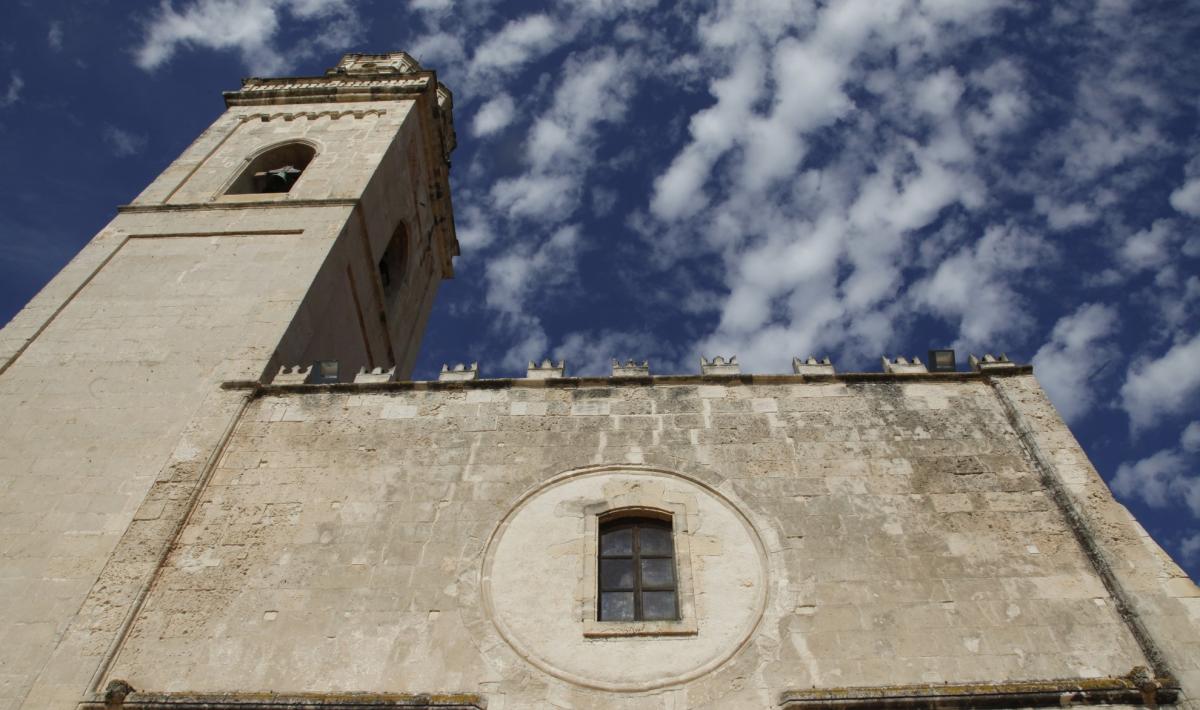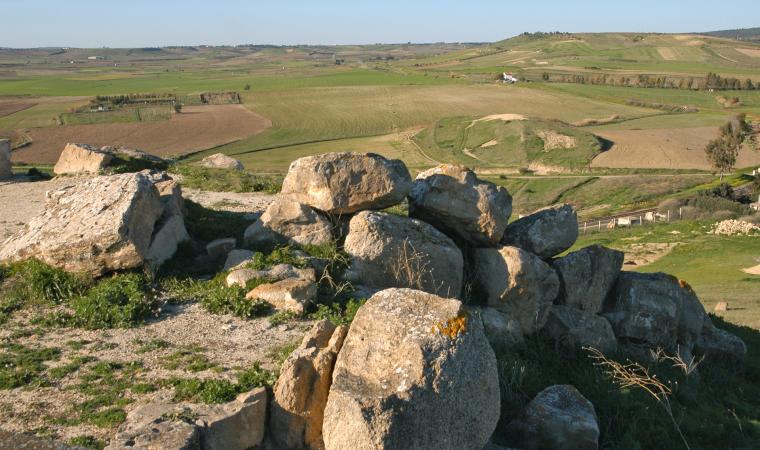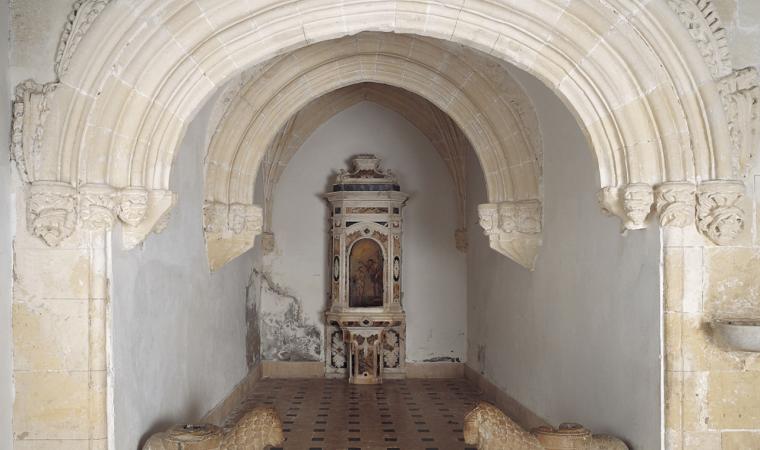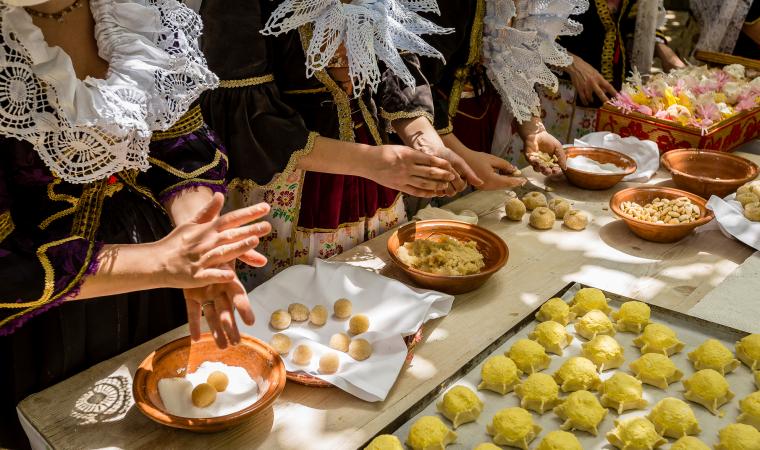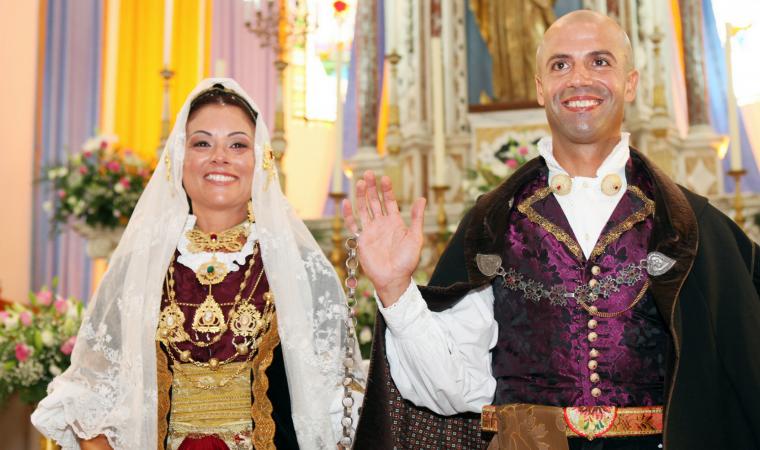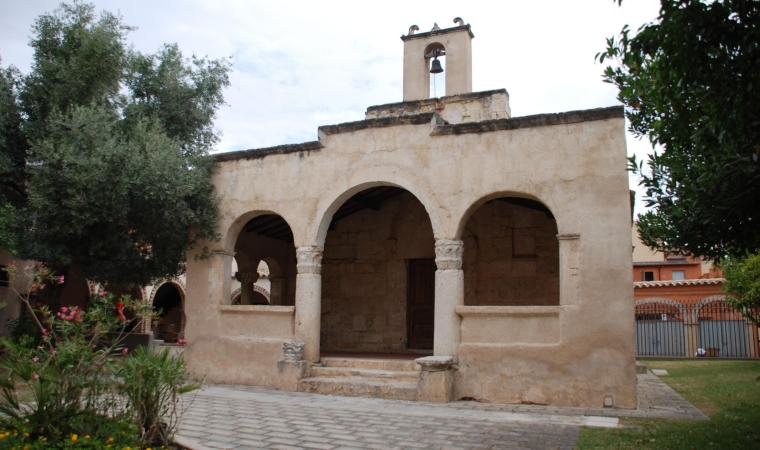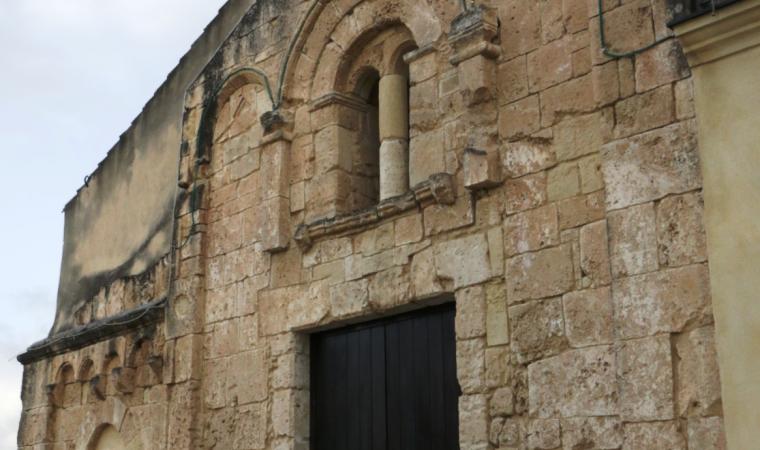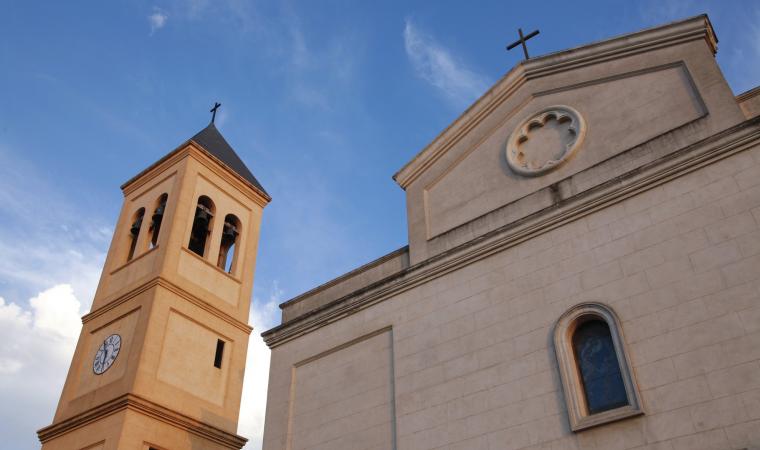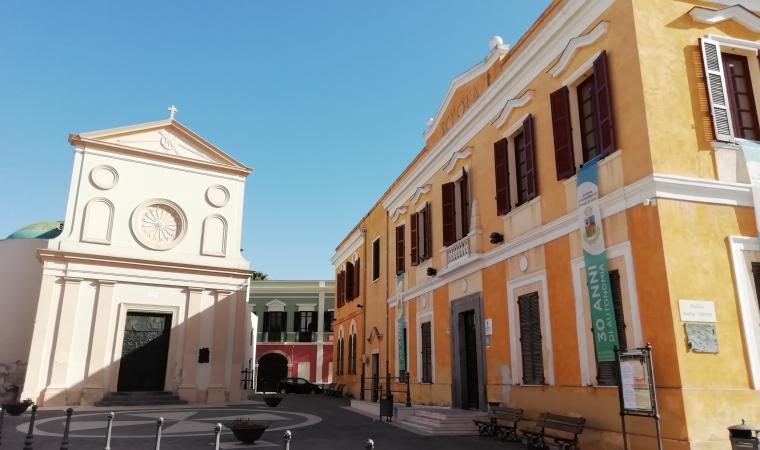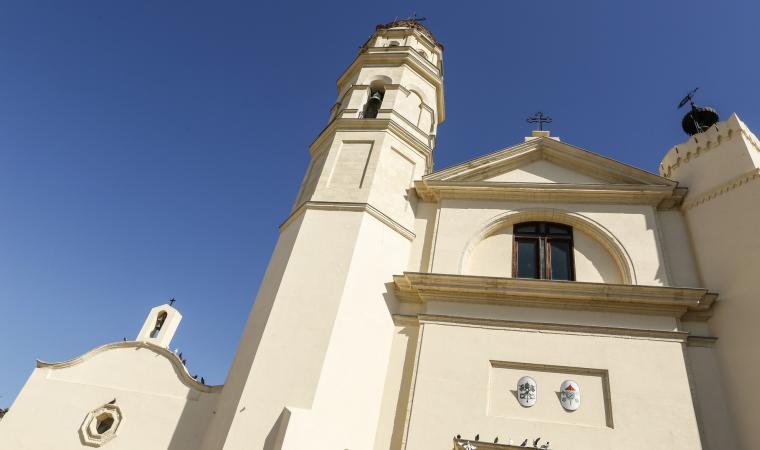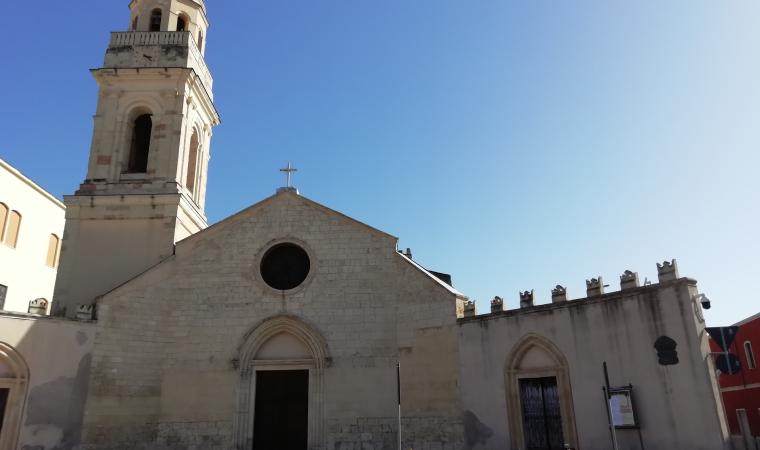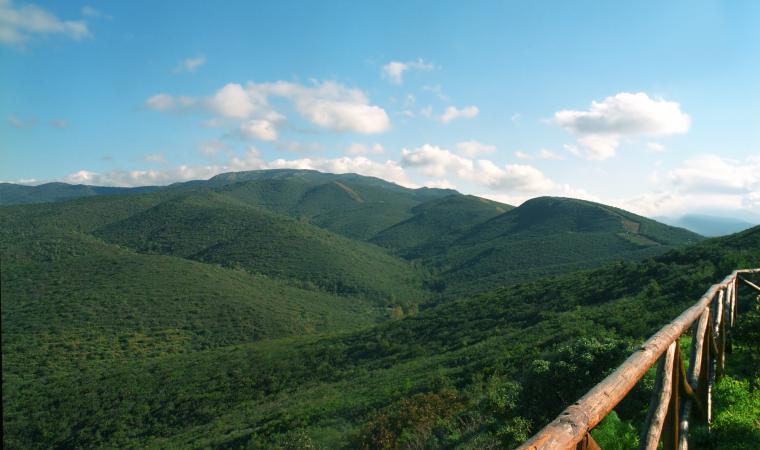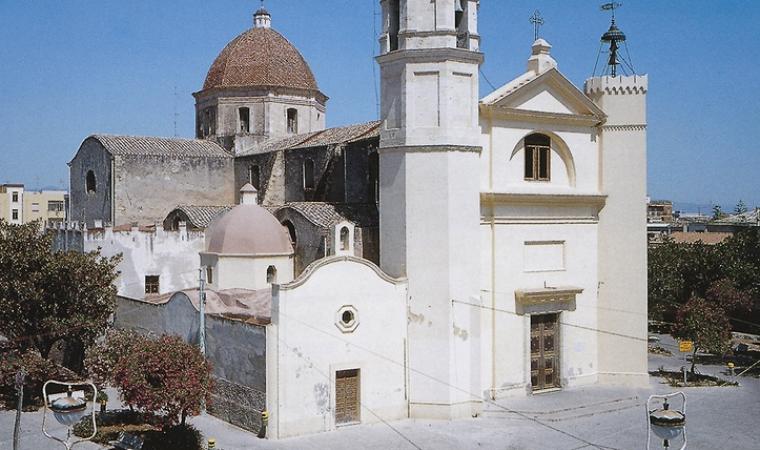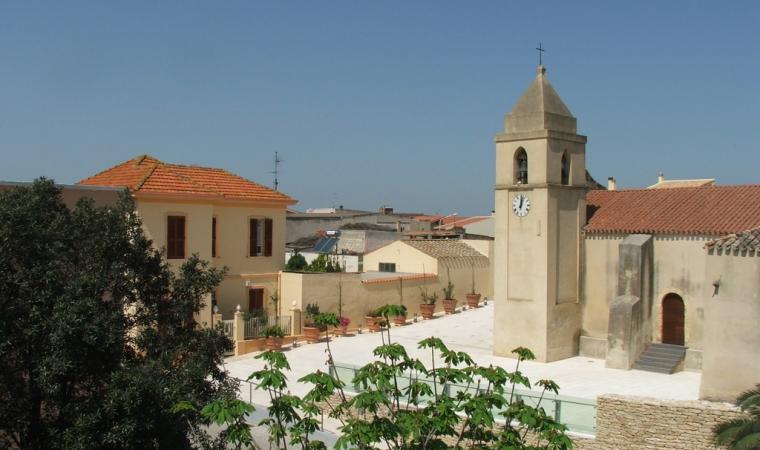Septimo ab urbe lapide, its name was originally a reference to the seven miles that separated it from Cagliari (today just over ten kilometers). Settimo San Pietro is a village of almost seven thousand inhabitants in the southern part of the fertile Campidano plain, hence its predominant agricultural activity. There was a Roman mansio (stopping place) where the village stands, along the road from Caralis to the present-day Parteolla. Evidence of Roman period is found in the remains of an aqueduct. The most ancient traces of human presence in the territory date back to the Late Neolithic age: it is the Domus de Janas of S'Acqua 'e Is Dolus. From the Bronze Age, there is the Nuragic complex of Cuccuru Nuraxi, on the hill of the same name, with a trilobed Nuraghe and a well-temple. At the foot of the hill, the Arca del Tempo has been created and it is a multimedia museum and a centre of experimentation on cultural and archaeological heritage. It consists of functional areas: an archaeological workshop, a recreational-didactic area and a garden of the archaeologists. Its set-up ranges from the Neolithic settlements to landscapes, monuments and history of Cagliari and its vast area. As well as the multimedia content, there is a didactic itinerary that explores the archaeological findings of Settimo, particularly the site of Cuccuru Nuraxi and the worship of water deities (also from other Sardinian temples and wells).

